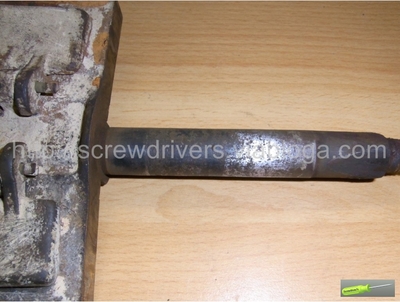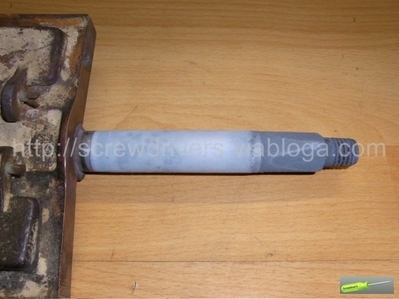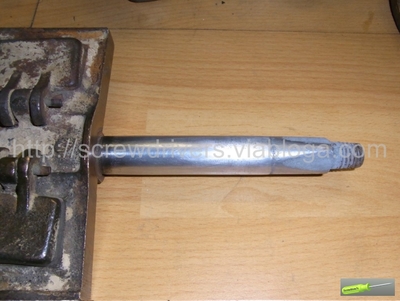Metal parts with damage, wear, corrosion or machining defect can be restored to original size using metal deposit method. This will be especially great to save discontinued parts.
Two different types of metal deposit exists :
- first is to apply new layer of metal by welding. In such case metal is the same of base metal or very similar. In some cases it is also even possible to fit harder material especially for wear resistance purpose. But disadvantage is that welding induce heavy amount of material added needing part machining to retreive shape and welding can distord or soften part due to heavy heat.
- second process is to apply an thin layer of metal by electrolysis. In this case metal used will be diferent than base metal. Generally chrome is used in insutrial process. This technique will be mainly used to retreive axles diameter in case of wear or corrosion or increase tightening of a bearing in a bore for example. Unfortunately due to difficulty of chroming process and to fing raw material and product this cannot be done at home. But it is possible to replace chrome by zinc which has the double advantage to be easy to machine even with hand powered tools and will also procure protection against corrosion for steel parts. Disadvantage will be that zinc is much softer that metals as steel or chrome so it will limit use to area no submitted to heavy wear. It will also not compensate strength or the part loosed due original defect.
Basically process is the same as described in DIY metal galvanizing method, but it will be repeated several time to obtain sufficient thickness to compensate the defects.
In under pics process was satisfactorily applied to a hand operated water pump axle that was showing heavy corrosion leading to leaks.
For a good adhesion first action is to ensure that part is free from corrosion, it can be eliminated depending of the amount by mechanical means has grinding or sanding but in all cases it will be necessary to finish process by and acid attack (Hydrochloric acid on steel) to ensure that all traces are removed.
Original axle condition :

Then several zinc layers will be applied by galvanizing process in order to compensate defect depth. Result will be better if done in several steps compare to trying to do it in one time. Moreover it will allow you to check thickness and between each bath you can remove excess of material in location not needing deposit (for example you can remove excess of zing by smoothly sanding not concerned areas) it will ease final step to retrieve original part shape and size. Area not needing repair can also be masked with adhesive tape to prevent deposit of metal.
After galvanizing :

Once you have obtained a sufficient deposit, last step consist to machine part to remove excess of material. For axle the ideal will be to use a lathe but if not available it can be done using a file and sand paper with caution and time.
Axle after final machining (manuallly) :

|
|